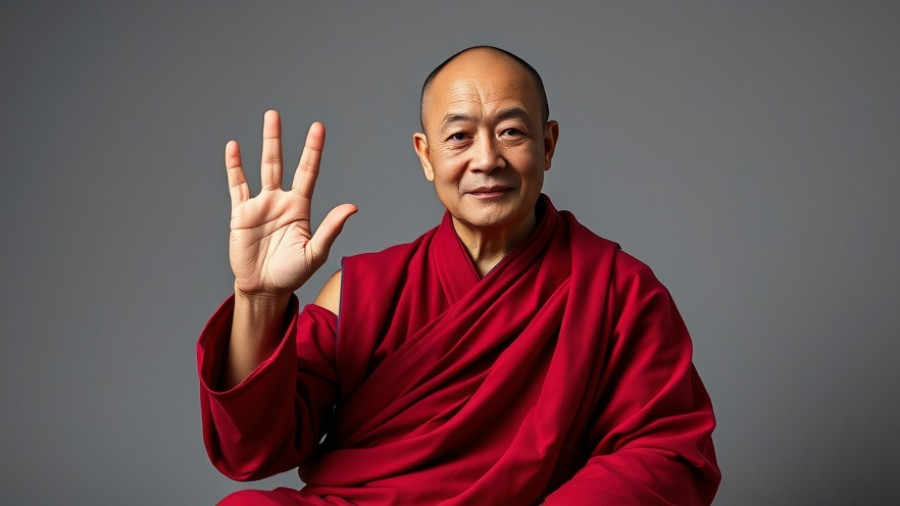
Embracing Awareness Through Ram Dass’ Meditative Wisdom
Meditation has always been described as a pathway leading us toward a deeper understanding of ourselves and the universe around us. Renowned spiritual teacher Ram Dass distills this profound practice into accessible meditative guides outlined in his teachings. As many of us navigate through an increasingly chaotic environment, these three meditative practices — from awareness to breath and beyond — invite us to settle into harmony.
Awareness Meditation: Seeing Beyond the Obvious
Ram Dass emphasizes the importance of living in the present moment. The Awareness Meditation encourages practitioners to sit quietly and acknowledge everything happening around them. It begins with simple awareness — the warmth of the sun, the sounds of nature, and the presence of human connection. Picture yourself as a silent observer, absorbing the sights and sounds of life as if floating on a calm river.
As you practice, allow a quiet mind and open heart to guide you. Ram Dass teaches that each moment is a celebration of human existence, combining generations of life experiences into a unified glimpse of reality. This mindfulness fosters a space of gratitude and compassion, reminding us to value not just our own journeys but those of others who coexist with us.
The Breath Meditation: A Gateway to Inner Peace
Building on awareness, Ram Dass introduces the Breath Meditation. This form instructs participants to tune into their breath, envisioning each inhalation as a nourishing light that fills both body and spirit. To find tranquility, we must learn to release what weighs us down, whether it be fear, tension, or resistance. Each exhalation is a chance to expel that which no longer serves us.
Imagine that every breath in infuses you with love and healing, while every breath out sends these qualities into the universe. This dynamic flow of energy creates a sense of interconnectedness with the world around us, inviting compassion into our hearts. By perceiving the breath as a conduit for healing energy, one can cultivate a vibrant and peaceful inner landscape.
The Importance of Harmony and Community
Both meditative practices reveal that embracing awareness and breath leads to harmony not only within ourselves but in our relationships with others. Ram Dass expresses the idea that when we view the world with a sense of presence, we begin to experience oneness. This realization can create a ripple effect within our communities.
Consider how your ability to exist peacefully can influence those around you. Your calm can inspire a neighbor’s serenity, creating a chain reaction of love and kindness. In a world often filled with division, this interconnectedness reveals its potential to foster unity.
Practical Tips for Deepening Your Practice
As you engage with these meditative techniques, here are a few practices to enhance your spiritual journey:
- Create a Sacred Space: Find a quiet corner of your home where you can dedicate time to your meditation practice.
- Consistency is Key: Aim to meditate daily, even if for just a few moments. Regular practice nurtures growth.
- Reflect & Journal: After meditating, consider jotting down insights or feelings that arise. This can enhance self-awareness.
Each time you return to your breath or become aware of the world around you, remember that these practices are journeys toward transformation. They invite you to discover deeper layers of consciousness that connect us all.
In the spirit of Ram Dass, may we embrace these teachings as tools to cultivate love and grace in our daily lives.
 Add Row
Add Row  Add
Add 




Write A Comment